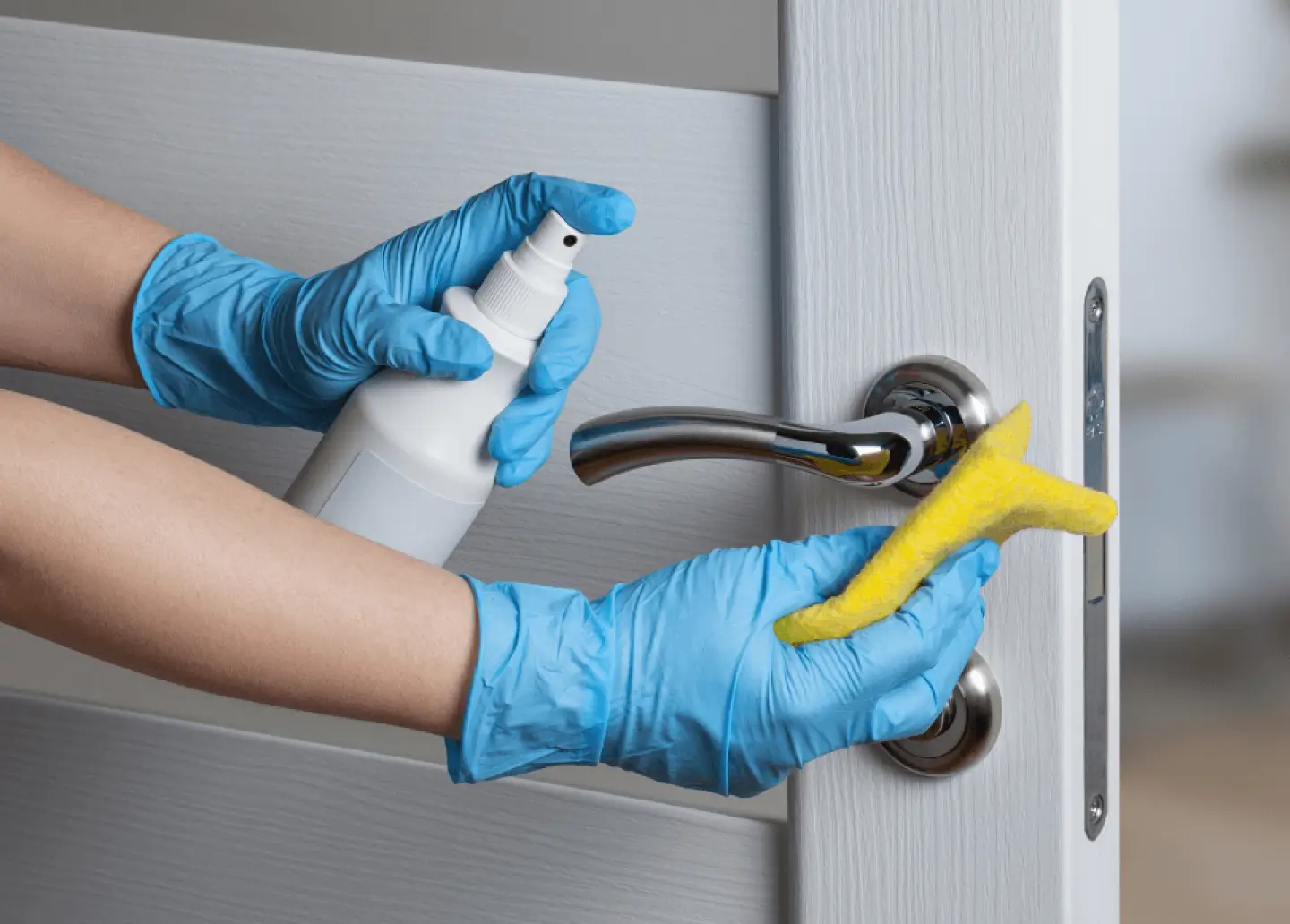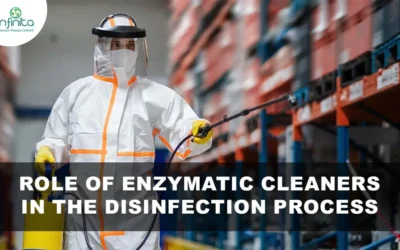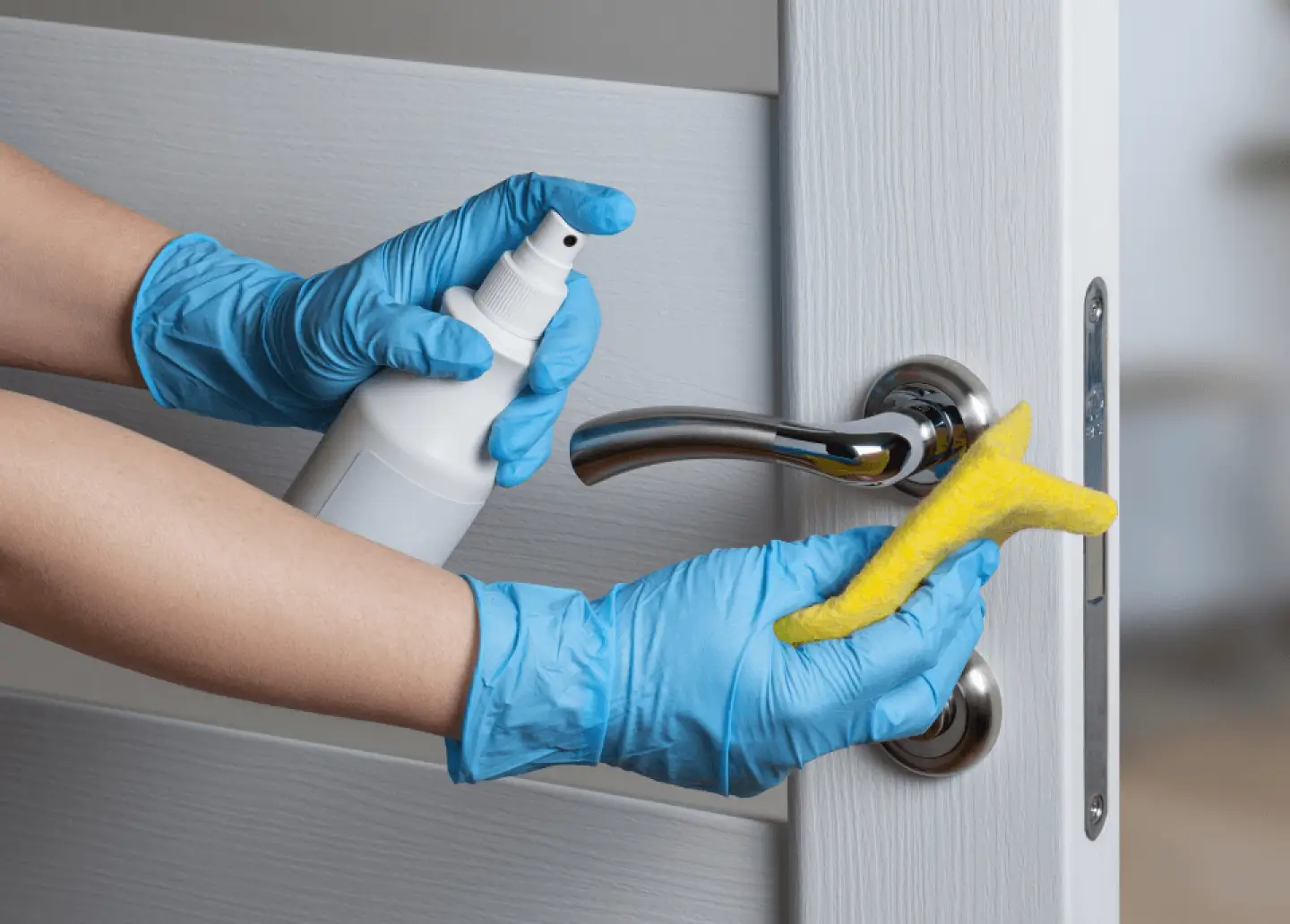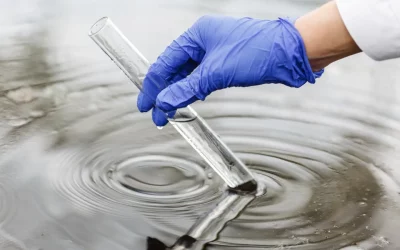Role of Enzymatic Cleaners in the Disinfection Process
Have you ever wondered how disinfectant sprays clean? Enzymatic cleaners play a significant role in doing so! These enzymatic cleaners are used in disinfectants and are majorly used for cleaning wounds, floors, bathrooms, etc. Although disinfectants are not new to the...






